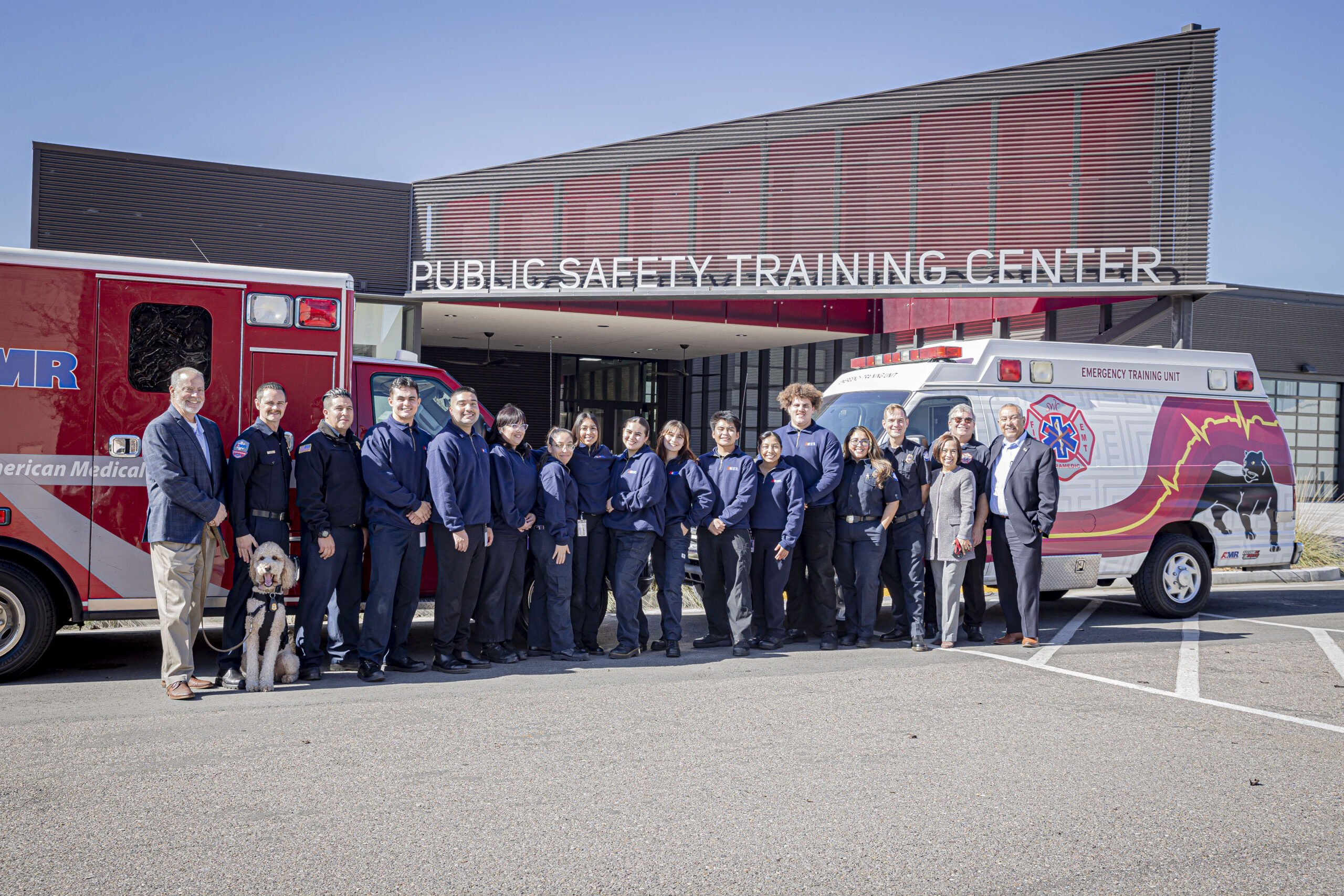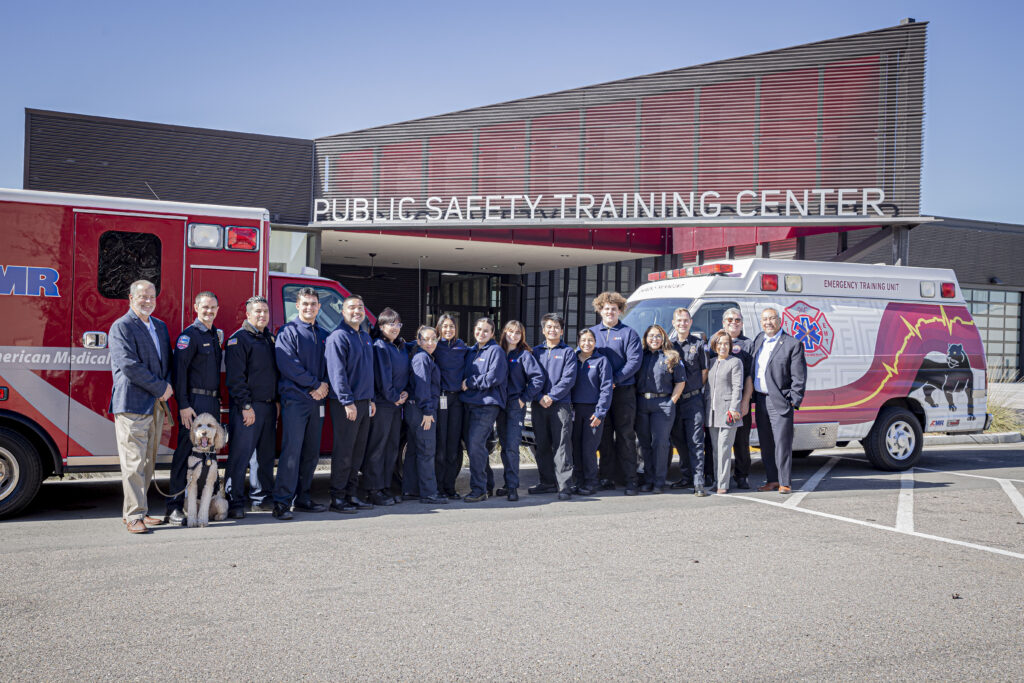
Cities across America—including some in the San Diego region—often face a shortage of qualified emergency medical technicians (EMTs) to serve their communities.
The reality is that barriers for entry into the field of emergency medical services are often too high. The amount of student debt required to achieve their dreams can deter even those who are passionate about health care and helping people in need.
On average, local EMTs assume hundreds of dollars in debt to achieve the 250 credit hours required for most EMT programs in California. Is it any wonder that potential EMTs may—saddled with the possibility of debt—choose to enter careers straight out of high school that promises less of an upfront investment?
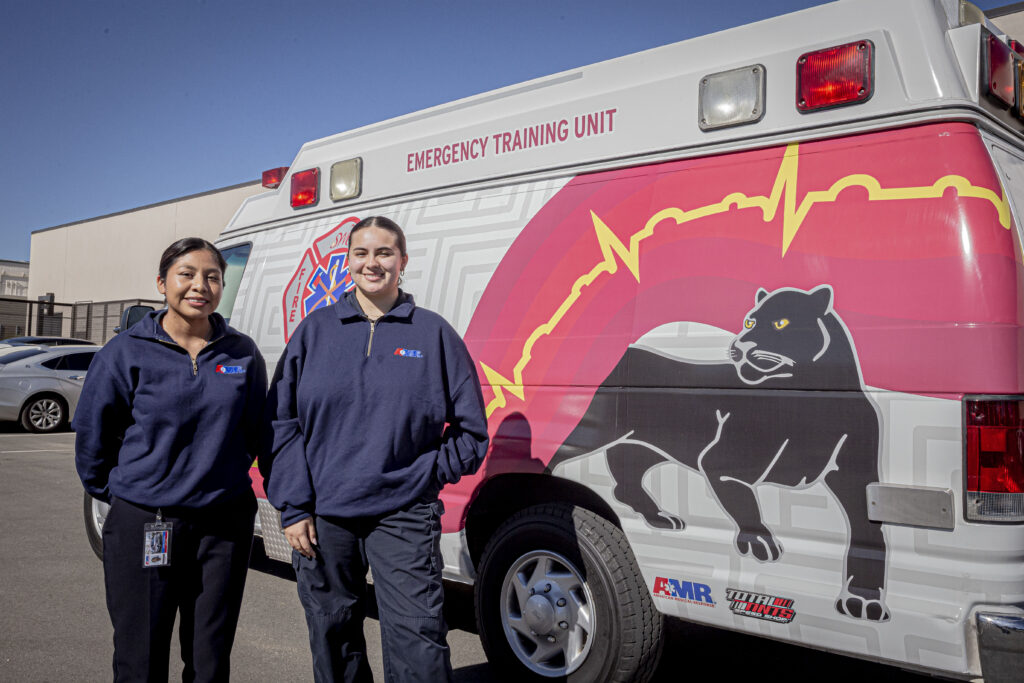
The industry also lacks diversity. It is predominantly white and male. Nationally, only 13% of emergency responders are Latino, only 6.6% are Black and only 35% are women. Here in the South Bay area of San Diego County, the population is 16% white, 60% Hispanic or Latino, 18% two or more races, 5.1% Black or African American, and 0.4% Asian American/Pacific Islander, according to the latest Census data.
The Southwestern College EMT and Paramedic programs continually strive to identify and break down systemic educational barriers and recruit students to increase diversity in the field of emergency medical services to better represent the community we serve and provide quality prehospital care.
To remove one of the main barriers for aspiring EMTs – debt – Southwestern College and American Medical Response (AMR) recently teamed up to create the Earn While You Learn program. Through this initiative, AMR will pay for the cost of each participant’s tuition, and also will pay them a salary and provide healthcare and other benefits.
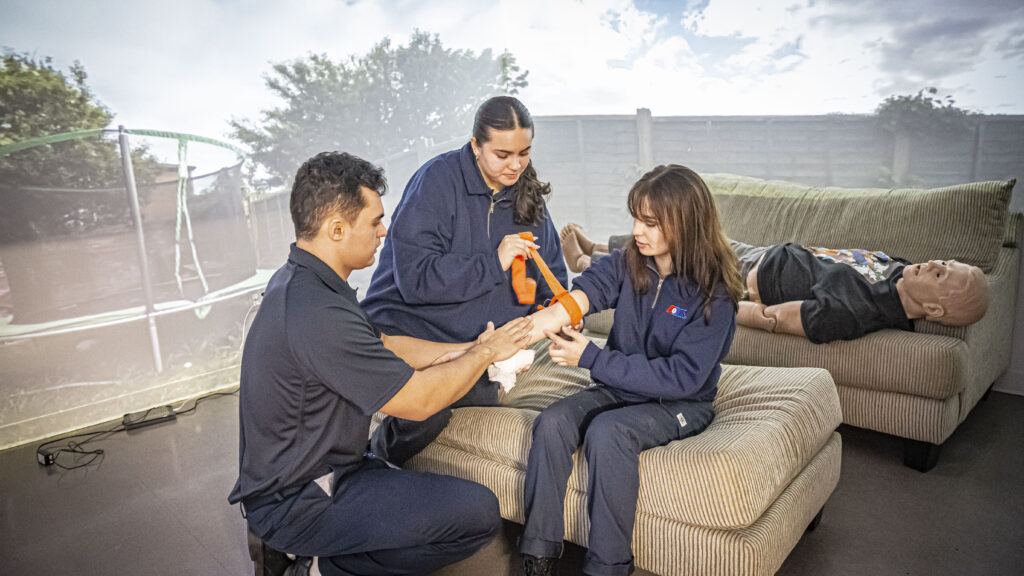
Students involved in the program don’t just learn the skills necessary to perform their duties. They will also become—throughout the course of their education— employees of AMR, and will have their textbooks and other supplies covered while enrolled.
While studying part-time at Southwestern College, student employees will not only respond to real emergencies, but can also shadow different departments at AMR. This is crucial. A classroom can’t always give students a clear picture of the stresses and day-to-day experiences that come with a life as an EMT. The more we’re able to give students exposure to life on the job, the more prepared they will be for their future careers.
Their employment, crucially, does not end at graduation. Graduates are guaranteed jobs at AMR, saving graduates the need to pivot quickly into the job hunt right after graduation.
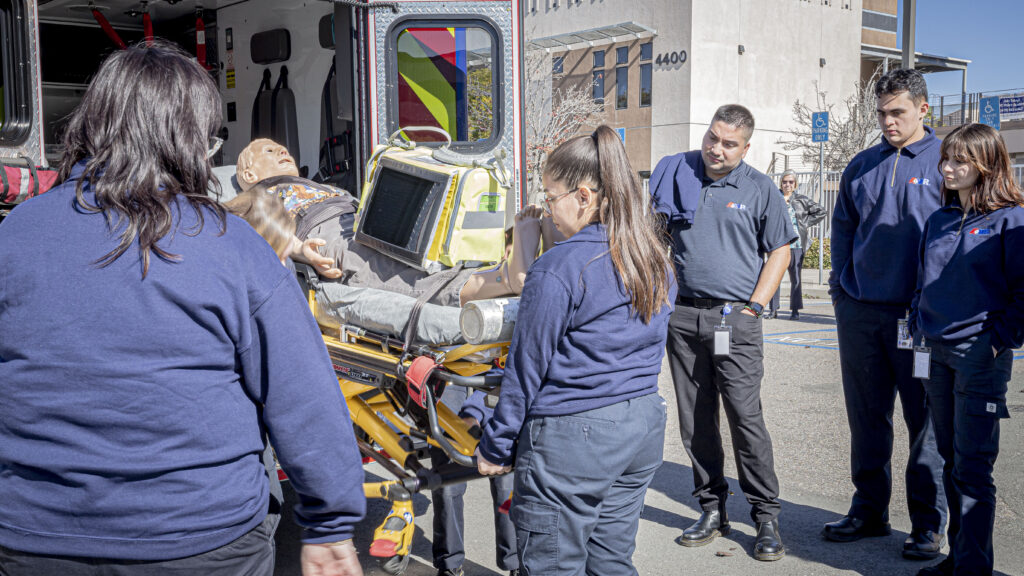
It’s this type of security that not only brings us closer to attracting more EMTs to enter our field, but even has the potential to close equity gaps. In this first cohort, seven of our 11 graduates are women. Many students in the cohort identify as Latino or Hispanic as well.
More EMTs of diverse backgrounds not only mean more people available to meet our region’s needs for qualified EMTs, but also could ease a long-known equity gap: the patient experience. Studies indicate that racial and gender bias can affect the quality of care that patients receive. When providers represent the communities they serve, especially a racially diverse community like southern San Diego County, this minimizes the chances patients will receive inadequate care based on stereotypes or misrepresentations about their needs.
It’s clear to us: when we offer students everything they will need to be successful, we not only increase the number of qualified EMTs across our region, but can also reduce the inequities present when we stick to the status quo.
Our current cohort of “Earn As You Learn” students will graduate in May 2023. With more cohorts to come, the future is looking bright for EMT professionals across our region.
Jason Hums is the director of the EMT & Paramedic programs at Southwestern College. Claudia Rempel is the government & community affairs manager and operations manager for AMR.

